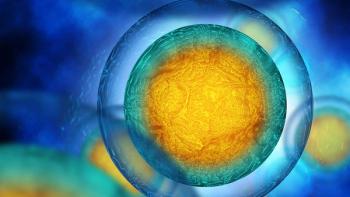
Timing is everything, and it might be ideal for acceleration of real-time monitoring solutions.

Timing is everything, and it might be ideal for acceleration of real-time monitoring solutions.
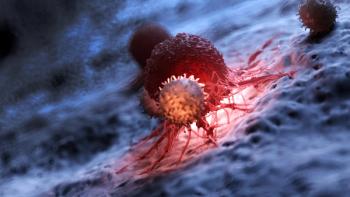
Autologous tumor cells engineered for immune system stimulation can target unique metabolic, genomic, and phenotypic characteristics of cancer cells.

Isolators move into smaller-volume processes, including cell and gene therapy manufacturing.
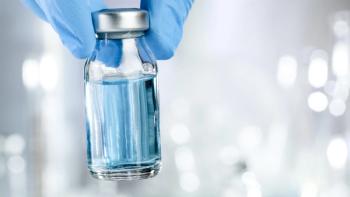
Defining expectations, such as GMPs, is paramount for sourcing the right biopharmaceutical raw materials.
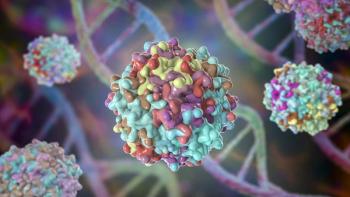
Confounding signals pose challenges to analytical methods necessary for managing residual impurity removal in biotherapeutic manufacturing.
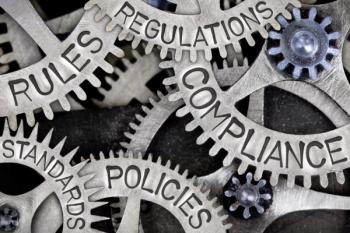
While supply chain disruptions have resulted in many alterations to workplace practices, they have also presented an opportunity to get ahead of changes to the EU’s upcoming revision of Annex 1.
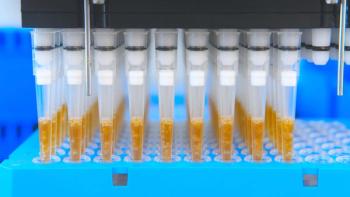
Glycosylation monitoring has been heavily dependent on manual processes, but the automation of sample preparation streamlines the overall workflow.

Partnerships formed during the COVID-19 pandemic have provided a platform for change in assay development and transfers that should continue in the future.

COVID-19 is refocusing calls for new tools and urgent therapeutic responses.

The need for medicines to combat COVID-19 has impacted the way regulatory agencies carry out their operations.

We have broken rules, invented new ones, and engineered stronger institutions and supply chains that will serve us better going forward.

Susan J. Schniepp, distinguished fellow at Regulatory Compliance Associates, answers some commonly asked questions about the difference between the roles of quality assurance and quality control.